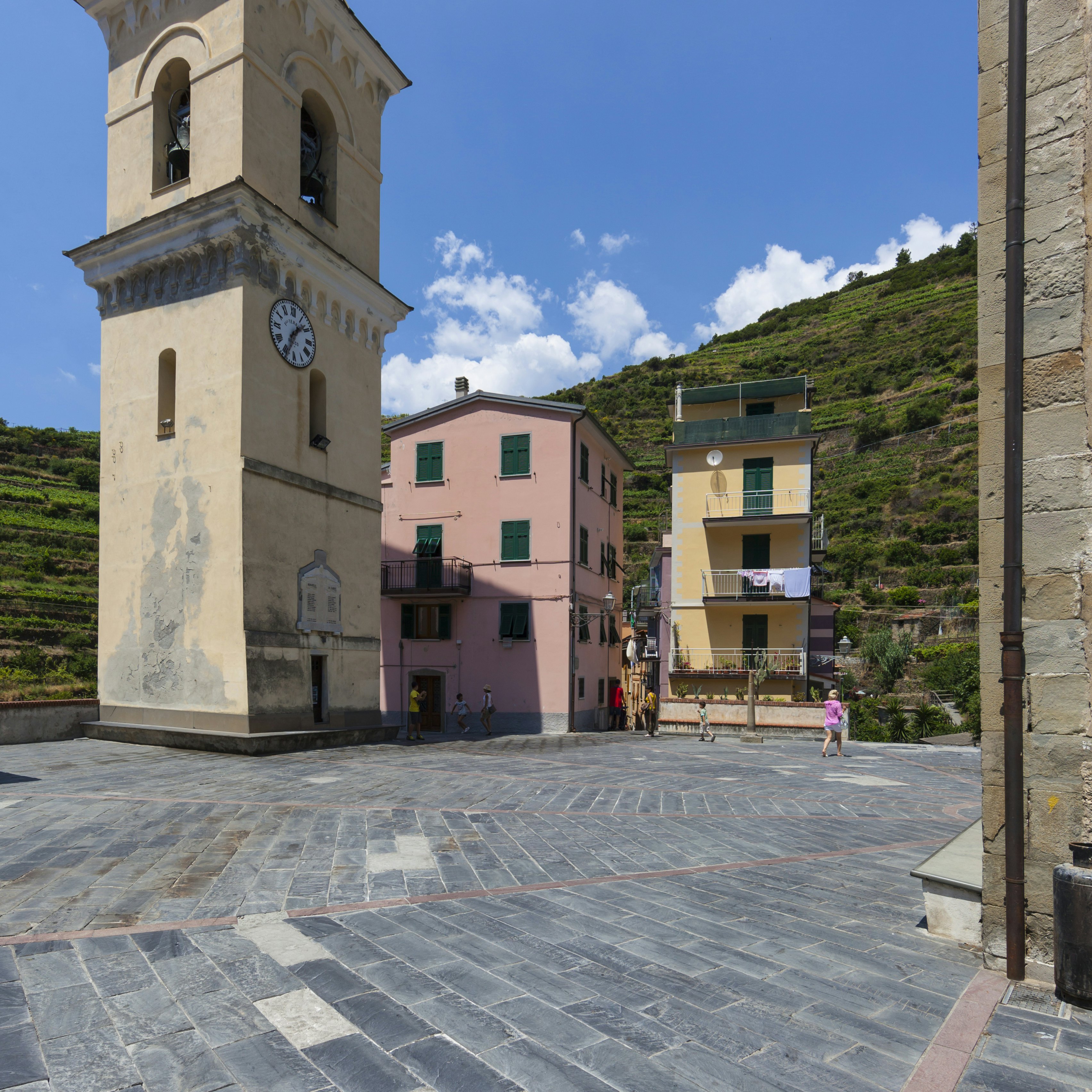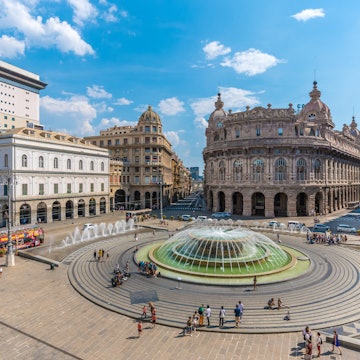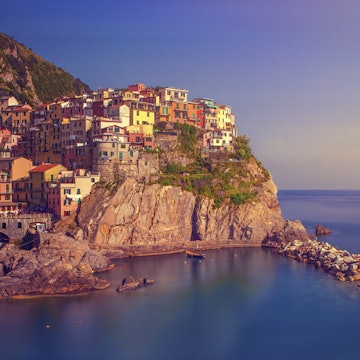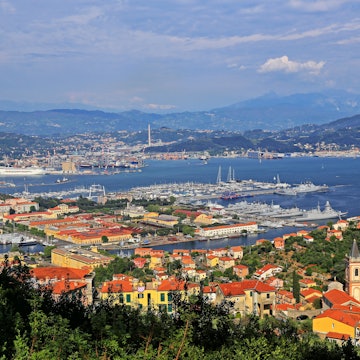
Overview
Italy's famed crescent of Mediterranean coast, where the Alps and the Apennines cascade into the sea, is defined by its sinuous, giddy landscapes. The Italian Riviera, synonymous with the Ligurian region, is shaped by its extreme topography – its daily life is one of ascents and descents, always in the presence of a watery horizon.
Leave the planning to a local expert
Experience the real The Italian Riviera. Let a local expert handle the planning for you.
Must-see attractions
Get a book. Get inspired. Get exploring.
in partnership with getyourguide

























